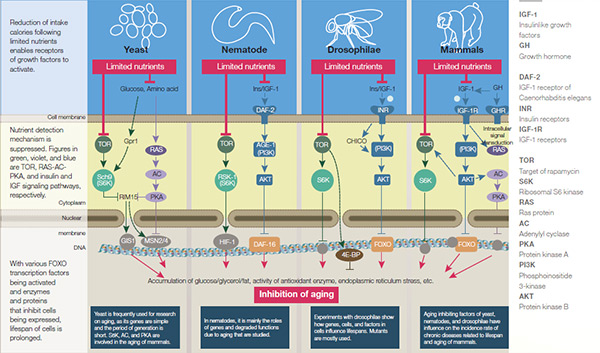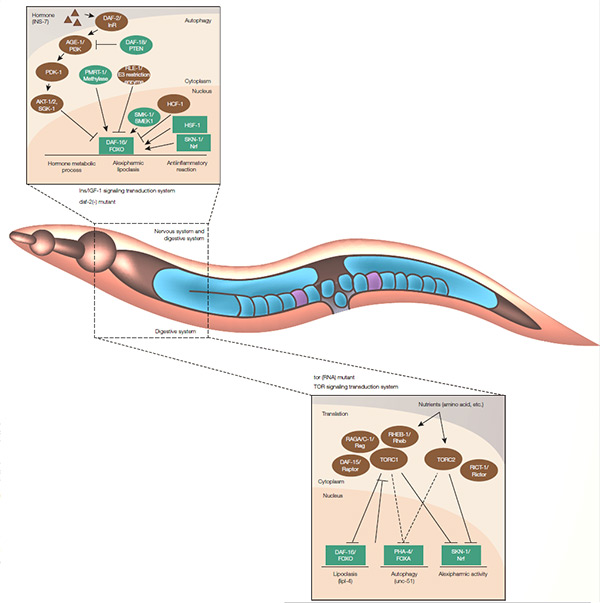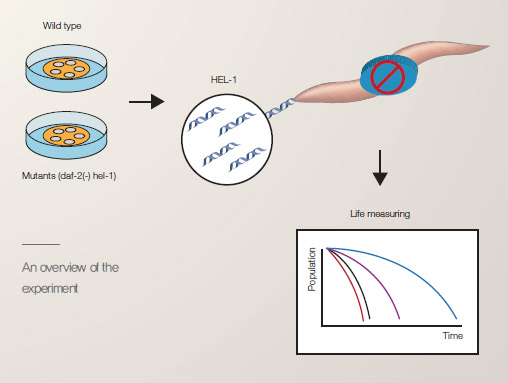주메뉴
- About IBS 연구원소개
-
Research Centers
연구단소개
- Research Outcomes
- Mathematics
- Physics
- Center for Theoretical Physics of the Universe(Particle Theory and Cosmology Group)
- Center for Theoretical Physics of the Universe(Cosmology, Gravity and Astroparticle Physics Group)
- Center for Exotic Nuclear Studies
- Center for Artificial Low Dimensional Electronic Systems
- Center for Underground Physics
- Center for Axion and Precision Physics Research
- Center for Theoretical Physics of Complex Systems
- Center for Quantum Nanoscience
- Center for Van der Waals Quantum Solids
- Chemistry
- Life Sciences
- Earth Science
- Interdisciplinary
- Institutes
- Korea Virus Research Institute
- News Center 뉴스 센터
- Career 인재초빙
- Living in Korea IBS School-UST
- IBS School 윤리경영


주메뉴
- About IBS
-
Research Centers
- Research Outcomes
- Mathematics
- Physics
- Center for Theoretical Physics of the Universe(Particle Theory and Cosmology Group)
- Center for Theoretical Physics of the Universe(Cosmology, Gravity and Astroparticle Physics Group)
- Center for Exotic Nuclear Studies
- Center for Artificial Low Dimensional Electronic Systems
- Center for Underground Physics
- Center for Axion and Precision Physics Research
- Center for Theoretical Physics of Complex Systems
- Center for Quantum Nanoscience
- Center for Van der Waals Quantum Solids
- Chemistry
- Life Sciences
- Earth Science
- Interdisciplinary
- Institutes
- Korea Virus Research Institute
- News Center
- Career
- Living in Korea
- IBS School
News Center
|
Studying FOXO, a family of transcription factors that inhibits aging Center for Plant Aging Research A majority of previous studies on aging and longevity have focused on DNA and proteins. However, little has been done to explore the role of RNA – a polymeric molecule that conveys genetic code-in the aging process. In addition, the functional significance of RNA helicases, a large family of enzymes essential for regulating the biogenesis and homeostasis of RNA, remains unknown in terms of aging and lifespan regulation. The Center for Plant Aging Research within IBS (Director Hong Gil Nam) separated 78 RNA helicases Caenorhabditis elegans, an animal aging model species by performing a large-scale RNAi screening and investigated their role in aging and lifespan regulation. The result showed that approximately 40% of the helicases were involved in aging and lifespan regulation. In particular, the research team unveiled for the first time that RNA helicase 1 (HEL-1) plays a pivotal role in longevity and lifespan regulation. Further, profound research of HEL-1 functions confirmed that when using RNAi to suppress HEL-1 functions of the Caenorhabditis elegans daf-2 mutant whose lifespan doubles the wild C. elegans, its lifespan decreased by nearly 39%, while over-expressing HEL-1 in C.elegans resulted in an increase in its lifespan by up to 18%. Anti-aging mechanism of various animals Anti-aging mechanism of various animals Yeast, nematodes, and drosophilae are widely used for research on aging because the aging delay factors observed in those organisms are also found in mammals. It has been discovered so far that a certain signaling transduction system is repressed by amounts of extracellular nutrients, activating aging delay factors. FOXO primarily works in the aging of drosophilae and mammals, and also plays an influential role in the aging of nematodes. In the case of C. elegans, its insulin receptor activated by insulin disables the function of FOXO transcription factor so that genes essential for longevity cannot be transcribed to RNA. On the other hand, mutants with the degraded functions of an insulin receptor see their lifespan increase by at least two times that of wild C. elegans. It is because the inhibitors of the function of FOXO transcription factor are weakened. In nematodes, FOXO is highly associated with lipoclasis and autophagy. The left illustration shows the difference of aging delay mechanism between daf-2 and TOR mutants. An overview of the experiment
Published paper Mihwa Seo et al., “RNA helicase HEL-1 promotes longevity by specifically activating DAF-16/FOXO transcription factor signaling in Caenorhabditis elegans ”, Proceedings of the National Academy of Sciences , E4246-E4255, 2015 |
| Next | |
|---|---|
| before |
- Content Manager
- Public Relations Team : Suh, William Insang 042-878-8137
- Last Update 2023-11-28 14:20














